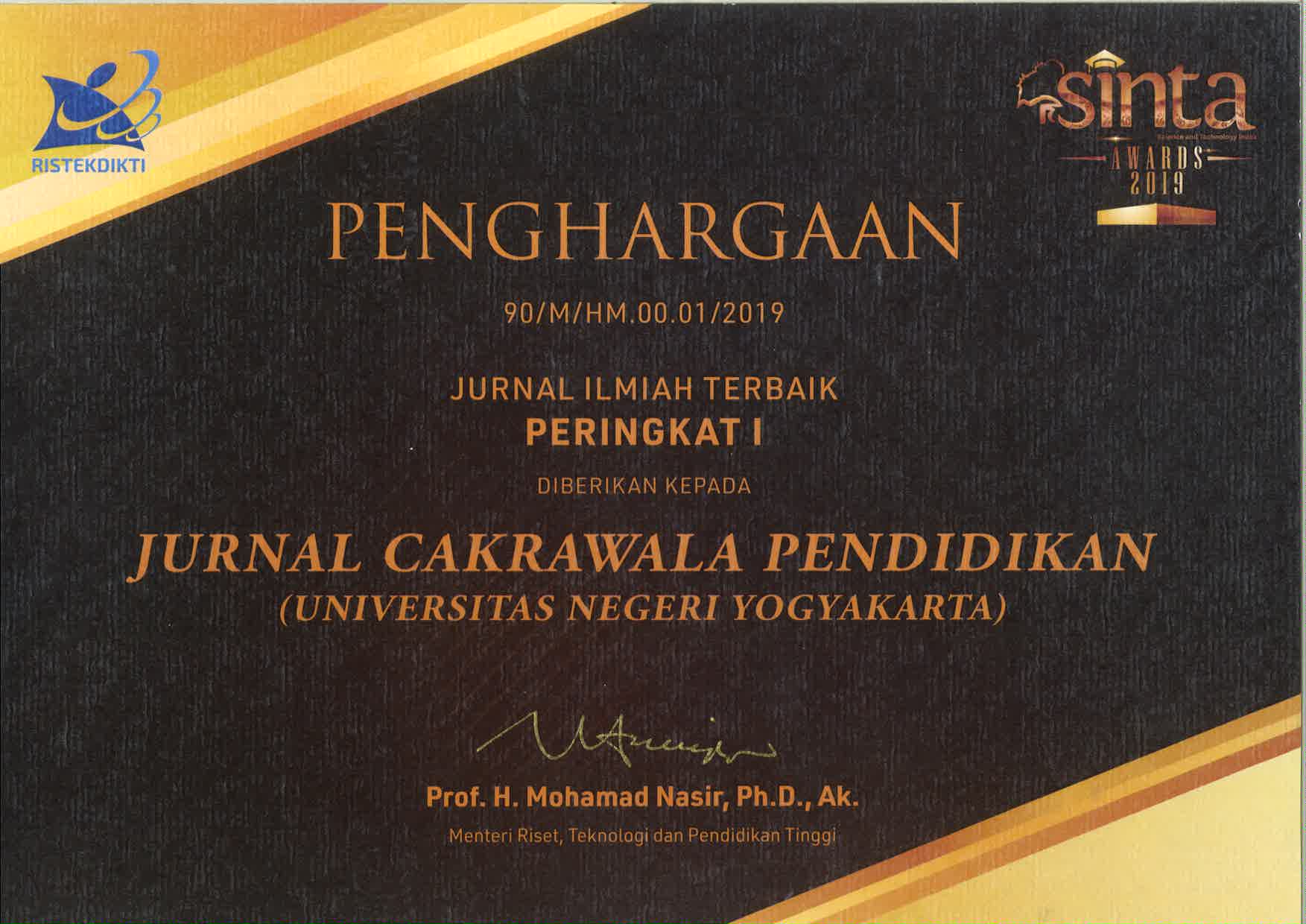University service quality measurement model in Peru: Multifactorial validation
Downloads
The quality of university services plays a fundamental role in improving the student experience and shaping highly competent professionals. In this context, the study aimed to develop and validate a multidimensional model to comprehensively assess university service quality in Peru, a country facing unique educational challenges. Using a quantitative and cross-sectional design, data were collected from 1,170 students across 20 universities through the University Service Quality Scale (CEUS), specifically designed for this research. Exploratory and confirmatory factor analyses identified five key dimensions: Quality of Academic and Support Processes (QuAcSuPr), Curriculum (Cu), Teaching Quality (TeQu), Library Services (LiSe), and Educational Sustainability (EdSu). The results showed robust fit indices (IFI=0.988, CFI=0.988, TLI=0.984, RMSEA=0.040), confirming the model's validity and applicability. The model provides a practical framework for evaluating and improving university service quality in Peru, while also emphasizing the importance of integrating educational sustainability as a key dimension to prepare socially responsible graduates. Future studies could adapt the model to other contexts and explore its application in modalities such as online learning.
Downloads
Abbas, J. (2020). HEISQUAL: A modern approach to measure service quality in higher education institutions. Studies in Educational Evaluation, 67. https://doi.org/10.1016/j.stueduc.2020.100933
Abbas, J., & Sağsan, M. (2019). Impact of knowledge management practices on green innovation and corporate sustainable development: A structural analysis. Journal of Cleaner Production, 229, 611–620. https://doi.org/10.1016/j.jclepro.2019.05.024
Abdullah, F. (2006). The development of HEdPERF: A new measuring instrument of service quality for the higher education sector. International Journal of Consumer Studies, 30(6), 569–581. https://doi.org/10.1111/j.1470-6431.2005.00480.x
Alam, M. J., & Mezbah-ul-Islam, M. (2021). Service quality assessment model for academic libraries. Global Knowledge, Memory and Communication, 70(4/5), 325–338. https://doi.org/10.1108/GKMC-03-2020-0027
Chang, Y., Jung, D., & Kim, D. (2017). A Study on Quality Dimension and Improvement Priority for Enhancing University Educational Service Satisfaction. Journal of Korean Society for Quality Management, 45(1), 11–23. https://doi.org/10.7469/JKSQM.2017.45.1.011
Cubaque Mendoza, R. M., Rincón Ardila, M. L., & Sotelo Cruz, Y. N. (2014). Caracterización de los procesos académicos del sistema de gestión de calidad académica. Revista Ingeniería, Matemáticas y Ciencias de la Información, 1, 13–23. https://dialnet.unirioja.es/servlet/articulo?codigo=7894417
De La Cruz Rioja, R., Huapaya-Capcha, Y. A., & Shiguay Guizado, G. A. (2022). Los planes de estudios: el eslabón perdido entre la universidad y la sociedad. Horizontes. Revista de Investigación En Ciencias de La Educación, 6(25), 1498–1513. https://doi.org/10.33996/revistahorizontes.v6i25.430
Fornell, C., & Larcker, D. F. (1981). Evaluating Structural Equation Models with Unobservable Variables and Measurement Error. Journal of Marketing Research, 18, 39–50.
García-Sanchis, M., Gil-Saura, I., & Berenguer-Contrí, G. (2015). The dimensionality of university service: A marketing approach. Revista Iberoamericana de Educación Superior, 6(15), 26–49. https://doi.org/10.1016/S2007-2872(15)30002-0
Hair, J. F., Black, W. C., Babin, B. J., & Anderson, R. E. (2010). Multivariate Data Analysis (7ª ed.). Pearson Prentice Hall.
Hu, L. T., & Bentler, P. M. (1998). Fit Indices in Covariance Structure Modeling: Sensitivity to Underparameterized Model Misspecification. Psychological Methods, 3(4), 424–453.
Hossain, M. J., & Ahmed, S. Z. (2013). Developing a service performance assessment system to improve service quality of academic libraries. Business Information Review, 30(4), 210–221. https://doi.org/10.1177/0266382113512404
Kline, R. B. (2011). Principles and Practice of Structural Equation Modeling (3ª ed.). Guilford Press.
Merlo Vega, J. A. (2000). El servicio bibliotecario de referencia. Anales de documentación, 3, 93–126. http://eprints.rclis.org/11950/1/AD07-2000.PDF
Morán Oviedo, P. (2004). La docencia como recreación y construcción del conocimiento: Sentido pedagógico de la investigación en el aula. Perfiles Educativos, 26(104), 1–16.
Muniz, J. (2018). Introducción a la Psicometría: Teoría clásica y TRI. Pirámide.
Nikkhah, M., Heravi-Karimooi, M., Montazeri, A., Rejeh, N., & Sharif Nia, H. (2018). Psychometric properties the Iranian version of Older People’s Quality Of Life questionnaire (OPQOL). Health and Quality of Life Outcomes, 16(1). https://doi.org/10.1186/s12955-018-1002-z
Noaman, A. Y., Ragab, A. H. M., Madbouly, A. I., Khedra, A. M., & Fayoumi, A. G. (2015). Higher education quality assessment model: towards achieving educational quality standard. Studies in Higher Education, 40(10), 1702–1720. https://doi.org/10.1080/03075079.2014.990412
Perez, D. A., Lakonich, J. J., Cecchi, N. H., & Rotstein, A. (2009). El compromiso social de la universidad latinoamericana del siglo XXI: Entre el debate y la acción. CLACSO.
Rodríguez, J. S., & Montoro, L. (2013). La educación superior en el Perú: situación actual y perspectivas. Ministerio de Educación del Perú.
Rojas Arangoitia, V. (2020). Educación superior en tiempos de pandemia: Una aproximación cualitativa a las trayectorias educativas de las y los jóvenes de Niños del Milenio en el Perú. Documentos de Investigación GRADE.
Ruiz, M. A., Pardo, A., & San Martín, R. (2010). Modelos de ecuaciones estructurales. Papeles del Psicólogo, 31(1), 34–45.
Sahin, A., Imamoglu, G., Murat, M., & Ayyildiz, E. (2024). A holistic decision-making approach to assessing service quality in higher education institutions. Socio-Economic Planning Sciences, 92, 101812. https://doi.org/10.1016/j.seps.2024.101812
Seabra Matos, A. D., & Castilho Rodrigues, E. (2019). Análise fatorial: Metodologias. Enap.
Superintendencia Nacional de Educación Superior. (2020). II Informe Bienal sobre la Realidad Universitaria en el Perú. Ministerio de Educación. https://repositorio.minedu.gob.pe/handle/20.500.12799/6911
Worthington, R. L., & Whittaker, T. A. (2006). Scale Development Research: A Content Analysis and Recommendations for Best Practices. The Counseling Psychologist, 34(6), 806–838. https://doi.org/10.1177/0011000006288127
Yusof, A., Ghouri, A. M., & Hassan, Z. (2011). Service quality in higher education institutions: The case of a Malaysian university. International Journal of Educational Management, 27(2), 118–131.
Zineldin, M., Akdag, H. C., & Vasicheva, V. (2011). Assessing quality in higher education: New criteria for evaluating students’ satisfaction. Quality in Higher Education, 17(2), 231–243. https://doi.org/10.1080/13538322.2011.582796
Copyright (c) 2025 Isac Fernando Espinoza-Montes, Yuzara Soldevilla-Espinal, Martín Romeo Yurivilca-Oscanoa

This work is licensed under a Creative Commons Attribution-ShareAlike 4.0 International License.
Jurnal Cakrawala Pendidikan, Jurnal Ilmiah Pendidikan, with ISSN: 0216-1370, is published by the Institute of Education Development and Quality Assurance (LPPMP UNY). Cakrawala Pendidikan has been recently has been re-accredited by Indonesian Ministry of Education and Culture decision Number 230/E/KPT/2022 which is valid for five years since enacted on 30 December 2022.




























